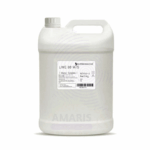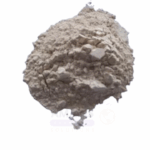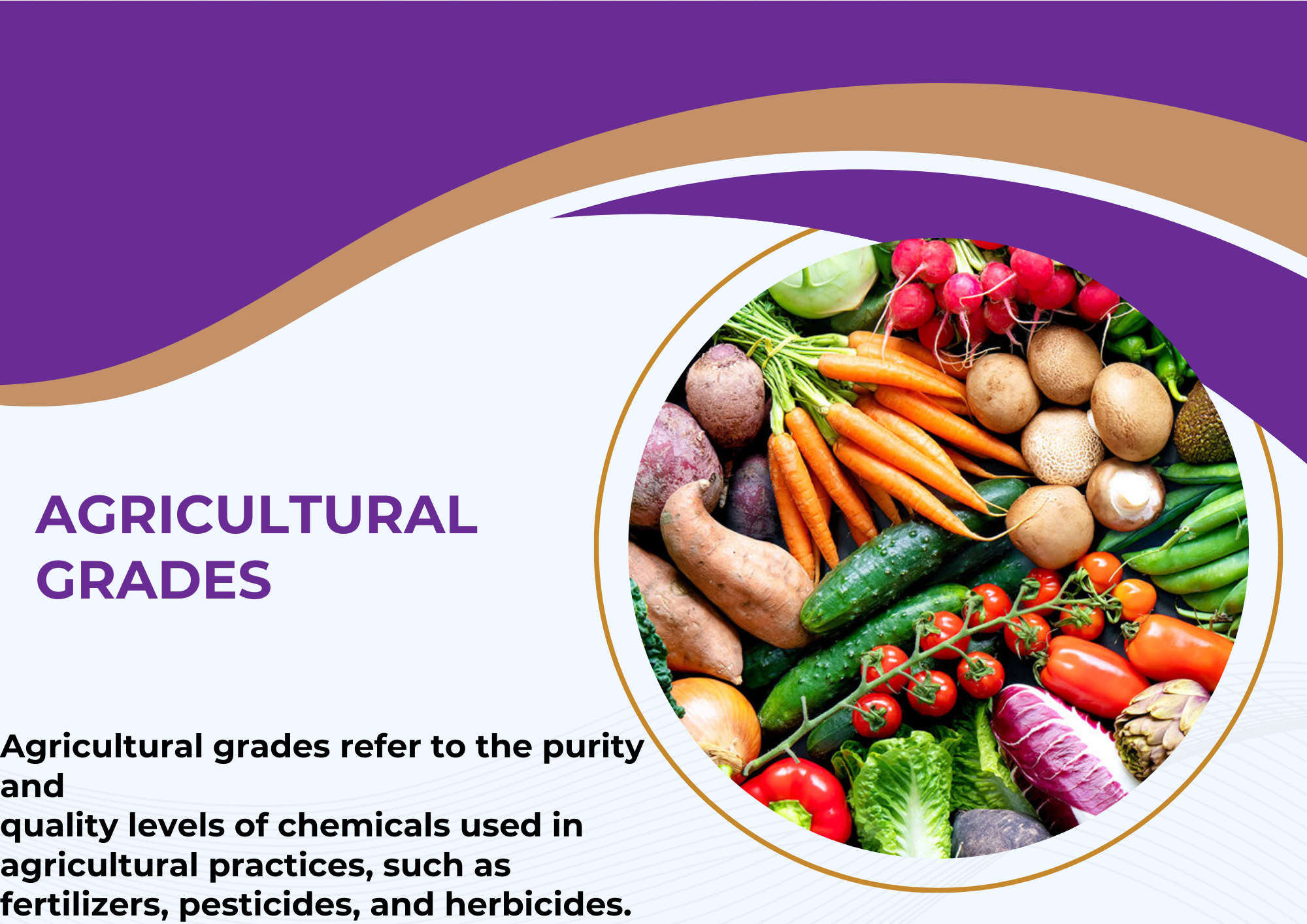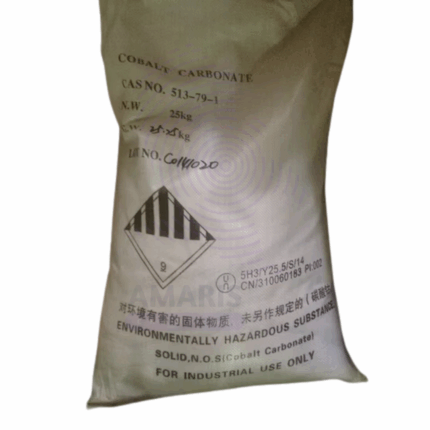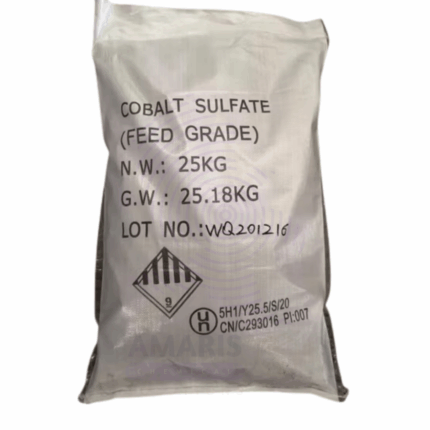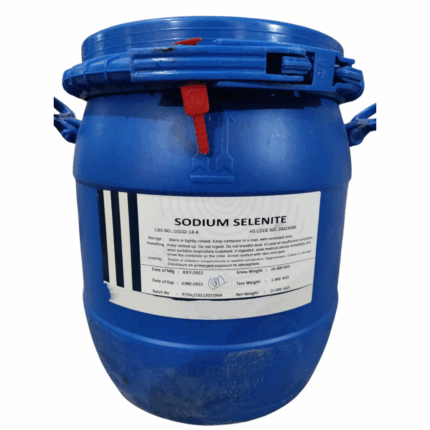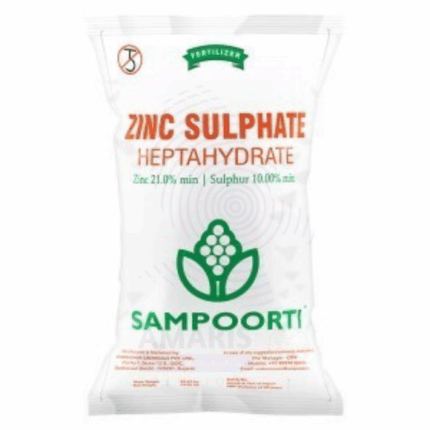Acid Oil Soya
Whatsapp Order
Acid Oil Soya is a byproduct derived from the refining of soybean oil. It is a dark-colored, free fatty acid-rich liquid containing mainly oleic and linoleic acids. Acid Oil Soya is commonly used in industrial applications such as soap making, animal feed, and as a raw material in the production of biodiesel, lubricants, and other chemicals.
Description
Table of Contents
Toggle
Acid Oil Soya
Primary Uses
- Biodiesel Production
- Used as a low-cost feedstock for biodiesel manufacturing due to its high free fatty acid (FFA) content.
- Processed via esterification/transesterification to produce fatty acid methyl esters (FAME).
- Animal Feed Supplement
- Mixed with feed pellets as an energy source for livestock (poultry, cattle, pigs).
- Provides fatty acids for improved animal growth and coat condition.
- Soap & Oleochemical Industry
- Raw material for low-grade soaps and fatty acid distillation.
- Used in lubricants, greases, and industrial surfactants.
Secondary Uses
- Agriculture
- Acts as a dust suppressant in feed mills.
- Used in organic pesticides as a carrier oil.
- Wastewater Treatment
- Helps in flotation processes to remove oil/grease from industrial effluents.
- Rubber & Plastics
- Softening agent in rubber recycling.
KEY PRODUCT FEATURES
1. Basic Identification Attributes
- Chemical Name: Hydrolyzed Soybean Oil Fatty Acids
- Common/Trade Names:
- Soya Acid Oil
- Soybean Acid Oil
- Hydrolyzed Soy Oil
- CAS Number: 68308-53-2 (for soybean acid oil)
- HS Code: 1518.00.90 (vegetable oil acid oils)
- Molecular Formula: Variable (mixture of C16-C18 fatty acids)
- Synonyms:
- Soybean fatty acid distillate
- Acidulated soybean soapstock
- Soy oil fatty acids
2. Physical & Chemical Properties
- Physical State: Viscous liquid to semi-solid
- Color & Odor: Dark brown to black; characteristic fatty odor
- Melting Point: 20-30°C (depends on composition)
- Boiling Point: >300°C (decomposes)
- Density: 0.90-0.95 g/cm³ at 20°C
- Solubility:
- Water: Insoluble
- Organic solvents: Soluble in ethanol, ether, chloroform
- pH Level: 2-5 (acidic)
- Vapor Pressure: Negligible at 20°C
- Flash Point: >150°C (COC)
- Viscosity: 50-100 cP at 40°C
3. Safety & Hazard Attributes
- Hazard Class (GHS):
- Skin Irritation (Category 2)
- Eye Irritation (Category 2)
- NFPA Ratings:
- Health: 1
- Flammability: 1
- Reactivity: 0
- Exposure Limits:
- No specific OEL established
- General dust limit: 10 mg/m³ (total), 5 mg/m³ (respirable)
- Reactivity:
- Incompatible with strong oxidizers
- Corrosive to some metals
4. Storage & Handling Attributes
- Storage Conditions:
- Store at 15-40°C
- Keep containers tightly closed
- Protect from moisture
- Incompatible Materials:
- Strong bases
- Strong oxidizers
- Container Type:
- Carbon steel or stainless steel drums
- HDPE containers for small quantities
- Shelf Life: 12-24 months if properly stored
- Special Handling:
- Use chemical-resistant gloves (nitrile)
- Eye protection recommended
- Adequate ventilation
5. Regulatory & Compliance Attributes
- Regulatory Status:
- FDA: 21 CFR 172.860 (as fatty acids)
- EU: Approved as food additive E570
- REACH: Registered
- Hazard Symbols (GHS):
- Exclamation mark (irritant)
- Transportation Restrictions:
- Not classified as dangerous goods
- Waste Disposal Method:
- Incineration or recycling preferred
- Not RCRA hazardous
6. Environmental & Health Impact
- Ecotoxicity:
- LC50 (fish): >100 mg/L
- EC50 (daphnia): >100 mg/L
- Persistence in Environment:
- Readily biodegradable (>60% in 28 days)
- Carcinogenicity/Mutagenicity:
- Not classified (IARC, NTP, OSHA)
- Biodegradability:
- 90% in 28 days (OECD 301F)
SAFETY HANDLING PRECAUTIONS
Safety Handling Precautions
Personal Protective Equipment (PPE):
- Gloves: Nitrile or neoprene (for chemical resistance)
- Eye Protection: Safety goggles + face shield (for splash risk)
- Respiratory: N95 mask (when handling heated material)
- Body: Chemical-resistant apron + steel-toe boots
Handling & Storage:
- Store in stainless steel or HDPE containers
- Keep away from oxidizers and strong acids
- Maintain temperature below 50°C (to prevent decomposition)
- Use grounded equipment to prevent static discharge
Hygiene Measures:
- No eating/drinking in handling areas
- Wash hands thoroughly after handling
- Provide emergency eyewash station nearby
First Aid Measures
Skin Contact:
- Remove contaminated clothing
- Wash with mild soap and warm water for 15 minutes
- Apply emollient cream if irritation occurs
Eye Contact:
- Flush with lukewarm water for 15-20 minutes
- Seek medical attention if irritation persists
Ingestion:
- Rinse mouth with water
- Do NOT induce vomiting
- Seek medical advice if large amounts swallowed
Inhalation:
- Move to fresh air
- Give oxygen if breathing is difficult
Firefighting Measures
Fire Characteristics:
- Combustible liquid (flash point typically >150°C)
- Burns with thick, black smoke
- May release acrolein at high temperatures
Extinguishing Media:
- Dry chemical powder
- CO₂
- Foam
- Water spray (to cool containers)
Special Precautions:
- Wear SCBA (self-contained breathing apparatus)
- Contain runoff to prevent environmental contamination
- Cool adjacent containers with water spray
Spill Management
Small Spills:
- Contain with absorbent materials (vermiculite, sand)
- Collect in approved waste containers
Large Spills:
- Implement secondary containment
- Use oil spill booms for liquid containment
- Prevent entry into drains or watercourses
Storage & Disposal
Storage Conditions:
- Keep in cool, well-ventilated area
- Away from ignition sources
- In corrosion-resistant containers
Disposal:
- Treat as industrial waste
- Follow local waste oil regulations
- Consider recycling/reprocessing options
Related products
Cobalt Carbonate
Cobalt Carbonate is a rose-red to purplish powder with a metal content of approximately 46% cobalt by weight. It is an inorganic compound primarily used as a source of cobalt, either as a raw material in chemical synthesis or as a micronutrient in various formulations. It is slightly soluble in water and decomposes upon heating, releasing carbon dioxide and leaving cobalt oxide (CoO). Cobalt Carbonate is used in ceramics, catalysts, animal nutrition, batteries, and metal surface treatments. Its controlled release of cobalt makes it useful in both industrial and biological applications.
Cobalt Sulphate Feed Grade
Cobalt Sulphate Feed Grade is a cobalt salt of sulfuric acid, typically appearing as a pink to reddish crystalline powder or granules. It is specifically manufactured and purified for use as a trace mineral supplement in animal nutrition. Cobalt is an essential trace element required in small amounts for the synthesis of vitamin B12 (cobalamin) in ruminants, playing a vital role in maintaining proper metabolism, growth, and overall health. Feed grade cobalt sulfate ensures safe, bioavailable cobalt supply to livestock such as cattle, sheep, goats, and poultry, supporting rumen microbial activity, appetite, and red blood cell production.
Fully Refined Paraffin Wax
Fully Refined Paraffin Wax is a highly purified, odorless, white to pale yellow wax obtained from the refining of petroleum-derived crude paraffin wax. It consists primarily of saturated hydrocarbons (alkanes) with chain lengths typically between C20 and C40. Due to its excellent chemical stability, non-toxicity, and versatility, Fully Refined Paraffin Wax is widely used across numerous industries including cosmetics, pharmaceuticals, food packaging, candle making, rubber processing, and electrical insulation. It exhibits a high melting point, low volatility, and good water resistance.
Magnesium Oxide
Magnesium Oxide (MgO) is a white, odorless, alkaline earth metal oxide powder. It is produced by calcining magnesium carbonate or hydroxide at high temperatures, resulting in a fine, white powder with a high melting point. Magnesium Oxide is widely used for its refractory properties, chemical stability, and ability to neutralize acids. It serves important roles in pharmaceuticals, agriculture, environmental applications, and various industrial processes.
Mineral lick ( Rock Salt)
Mineral Lick, commonly known as Rock Salt, is a naturally occurring mineral primarily composed of sodium chloride. It is harvested from salt deposits and widely used as a mineral supplement for livestock and wildlife, providing essential nutrients. Mineral Lick enhances animal health by promoting hydration, digestion, and mineral balance. It also has applications in industry, agriculture, and food processing.
Sodium Selenite
Sodium Selenite is an inorganic selenium compound with the formula Na₂SeO₃. In its commercial 45% concentration, it is typically supplied as a colorless to slightly yellow aqueous solution or as a crystalline solid with 45% selenium content. It is primarily used as a micronutrient additive in animal nutrition, a reagent in the pharmaceutical and glass industries, and in various research applications. Highly bioavailable, it serves as a key selenium source where controlled selenium supplementation is critical. This 25kg product offers precise dosing, stability, and ease of handling in industrial and agricultural settings.
Toxin Binder Premix
Toxin Binder Premix is a specialized feed additive formulated to adsorb and neutralize a broad range of mycotoxins and other harmful toxins present in animal feed. It enhances animal health by preventing the absorption of toxins in the gastrointestinal tract, thereby improving feed efficiency and productivity. The premix typically contains activated clays, yeast cell wall components, and other natural or synthetic adsorbents designed for use in livestock, poultry, and aquaculture feeds. This product supports animal growth, immune function, and overall well-being by mitigating the adverse effects of feed contamination.
Zinc Sulphate Heptahydrate
Zinc Sulphate Heptahydrate (ZnSO₄·7H₂O) is a white, crystalline, water-soluble compound commonly used as a dietary supplement to treat zinc deficiency. It serves as a key ingredient in fertilizers, animal feeds, and industrial applications like water treatment and dyeing. The heptahydrate form contains seven water molecules, making it highly soluble and effective for various agricultural, medical, and chemical uses.


 Preservatives(food)
Preservatives(food) Flavor Enhancers
Flavor Enhancers Acidulants
Acidulants Sweeteners
Sweeteners Antioxidants
Antioxidants Colorants(food)
Colorants(food) Nutraceutical Ingredients (food)
Nutraceutical Ingredients (food) Nutrient Supplements
Nutrient Supplements Emulsifiers
Emulsifiers
 Collectors
Collectors Dust Suppressants
Dust Suppressants Explosives and Blasting Agents
Explosives and Blasting Agents Flocculants and Coagulants
Flocculants and Coagulants Frothers
Frothers Leaching Agents
Leaching Agents pH Modifiers
pH Modifiers Precious Metal Extraction Agents
Precious Metal Extraction Agents
 Antioxidants(plastic)
Antioxidants(plastic) Colorants (Pigments, Dyes)
Colorants (Pigments, Dyes) Fillers and Reinforcements
Fillers and Reinforcements Flame Retardants
Flame Retardants Monomers
Monomers Plasticizers
Plasticizers Polymerization Initiators
Polymerization Initiators Stabilizers (UV, Heat)
Stabilizers (UV, Heat)
 Antifoaming Agents
Antifoaming Agents Chelating Agents
Chelating Agents Coagulants and Flocculants
Coagulants and Flocculants Corrosion Inhibitors
Corrosion Inhibitors Disinfectants and Biocides
Disinfectants and Biocides Oxidizing Agents
Oxidizing Agents pH Adjusters
pH Adjusters Scale Inhibitors( water)
Scale Inhibitors( water)
 Antioxidants(cosmetic)
Antioxidants(cosmetic) Emollients
Emollients Fragrances and Essential Oils
Fragrances and Essential Oils Humectants
Humectants Preservatives
Preservatives Surfactants(cosmetic)
Surfactants(cosmetic) Thickeners
Thickeners UV Filters
UV Filters
 Fertilizers
Fertilizers Soil Conditioners
Soil Conditioners Plant Growth Regulators
Plant Growth Regulators Animal Feed Additives
Animal Feed Additives Biostimulants
Biostimulants Pesticides (Herbicides, Insecticides, Fungicides)
Pesticides (Herbicides, Insecticides, Fungicides)
 Active Pharmaceutical Ingredients (APIs)
Active Pharmaceutical Ingredients (APIs) Excipients
Excipients Solvents(pharmaceutical)
Solvents(pharmaceutical) Antibiotics
Antibiotics Antiseptics and Disinfectants
Antiseptics and Disinfectants Vaccine Adjuvants
Vaccine Adjuvants Nutraceutical Ingredients (pharmaceutical)
Nutraceutical Ingredients (pharmaceutical) Analgesics & Antipyretics
Analgesics & Antipyretics
 Analytical Reagents
Analytical Reagents Solvents(lab)
Solvents(lab) Chromatography Chemicals
Chromatography Chemicals Spectroscopy Reagents
Spectroscopy Reagents microbiology-and-cell-culture-reagents
microbiology-and-cell-culture-reagents Molecular Biology Reagents
Molecular Biology Reagents Biochemical Reagents
Biochemical Reagents Inorganic and Organic Standards
Inorganic and Organic Standards Laboratory Safety Chemicals
Laboratory Safety Chemicals Specialty Laboratory Chemicals(Special Laboratory Equipment)
Specialty Laboratory Chemicals(Special Laboratory Equipment)
 Demulsifiers
Demulsifiers Hydraulic Fracturing Fluids
Hydraulic Fracturing Fluids Scale Inhibitors(oil)
Scale Inhibitors(oil) Surfactants(oil)
Surfactants(oil) Drilling Fluids
Drilling Fluids
 Dyes and Pigments
Dyes and Pigments Bleaching Agents
Bleaching Agents Softening Agents
Softening Agents Finishing Agents
Finishing Agents Antistatic Agents
Antistatic Agents
 Admixtures
Admixtures Waterproofing Agents
Waterproofing Agents Sealants and Adhesives
Sealants and Adhesives Curing Compounds
Curing Compounds Concrete Repair Chemicals
Concrete Repair Chemicals Anti-Corrosion Coatings
Anti-Corrosion Coatings
 Surfactants(cleaning)
Surfactants(cleaning) Builders
Builders Enzymes
Enzymes Solvents (Cleaning)
Solvents (Cleaning) Fragrances
Fragrances
 Electronic Chemicals
Electronic Chemicals Catalysts
Catalysts Lubricants
Lubricants Photographic Chemicals
Photographic Chemicals Refrigerants
Refrigerants Automotive chemicals
Automotive chemicals Pyrotechnic Chemicals
Pyrotechnic Chemicals
 Biodegradable Surfactants
Biodegradable Surfactants Bio-based Solvents
Bio-based Solvents Renewable Polymers
Renewable Polymers Carbon Capture Chemicals
Carbon Capture Chemicals Wastewater Treatment Chemicals
Wastewater Treatment Chemicals
 Pigments
Pigments Solvents(paint)
Solvents(paint) Specialty Coatings
Specialty Coatings Binders/Resins
Binders/Resins Additives
Additives Driers
Driers Anti-Corrosion Agents
Anti-Corrosion Agents Functional Coatings
Functional Coatings Application-Specific Coatings
Application-Specific Coatings
 Fresh Herbs
Fresh Herbs Ground Spices
Ground Spices Whole Spices
Whole Spices Spice Blends
Spice Blends Dried Herbs
Dried Herbs
 Leavening Agents
Leavening Agents Dough Conditioners
Dough Conditioners Flour Treatments
Flour Treatments Fat Replacers
Fat Replacers Decoratives
Decoratives Preservatives(baking)
Preservatives(baking)
 Plasticizers & Softeners
Plasticizers & Softeners Reinforcing Agents
Reinforcing Agents Adhesion Promoters
Adhesion Promoters Vulcanizing Agents
Vulcanizing Agents Antidegradants
Antidegradants Blowing Agents
Blowing Agents Fillers & Extenders
Fillers & Extenders Accelerators & Retarders
Accelerators & Retarders
